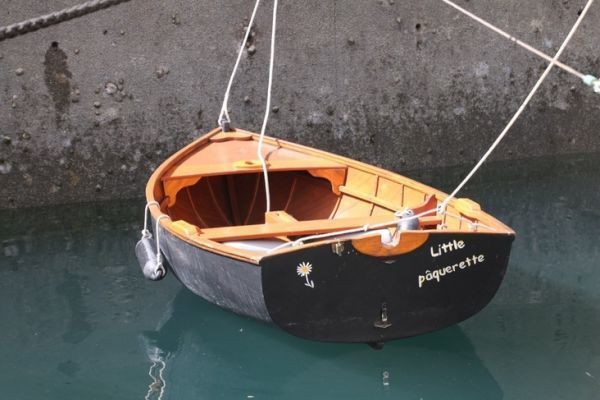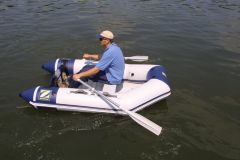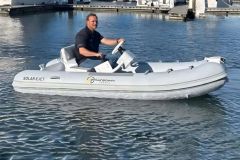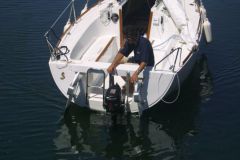The dinghy is essential to reach a boat at anchor or to disembark during a stopover, but how to store it on the boat? It can be a headache. Here is an overview of the different solutions.
In a box
Storing your dinghy in a box is a solution reserved for small and flexible dinghies. If you have a large enough trunk, it is the ideal choice to avoid cluttering your deck. But you will have to reinflate it at each stopover.
On the bridge
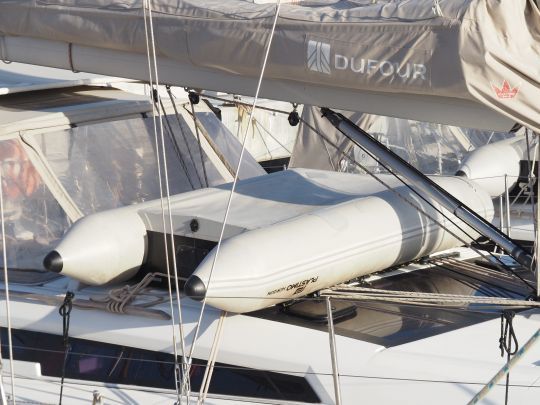
If your dinghy is light enough, you can consider storing it on the deck of your boat, upside down. It will fit in front of the companionway or on the foredeck. Be sure to strap it down when you're sailing. If you are sailing a sailboat and you store it on the foredeck, be careful not to interfere with the passage of your headsail sheets.
On davits
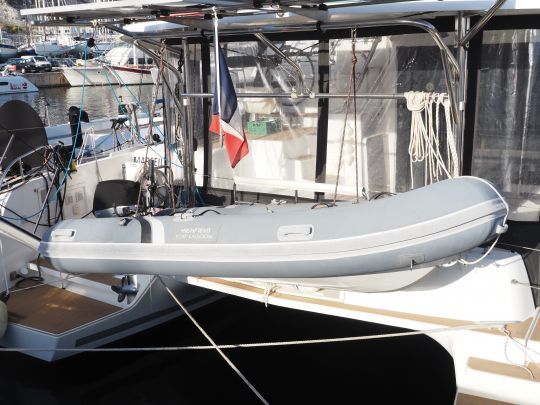
Practical and easy to install, davits are the most common solution for storing your dinghy on a vessel of 40 feet or more.
On the rear platform
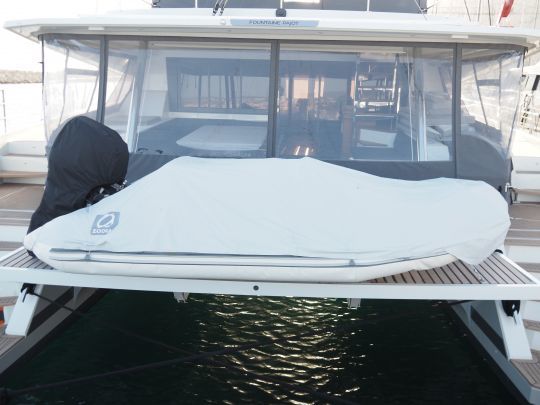
The stern platform is a solution reserved for large boats, but by far the simplest. The stern platform, which also serves as a bathing platform, will provide you with an easy-to-implement solution to quickly dispose of your tender.
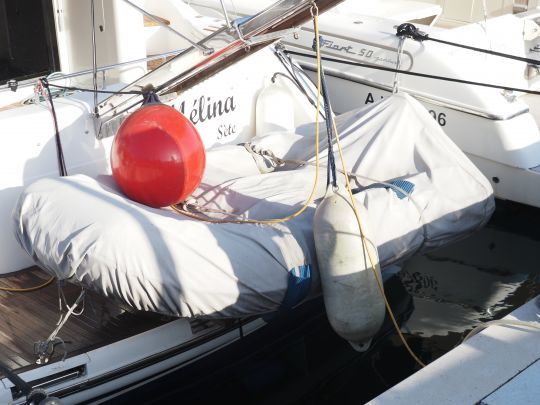
It is also possible to store your dinghy on a fixed bathing platform and to use your hydraulic gangway to handle your dinghy.
The annex garage
On larger units, there are also lockers that open directly onto the transom and can accommodate the tender, inflated or not. Also accessible through deck hatches, they are generally referred to as tender garages.
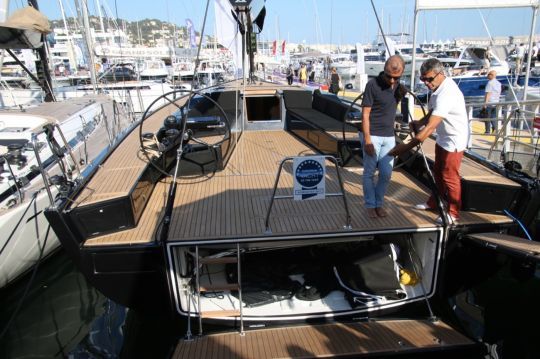
In a trailer
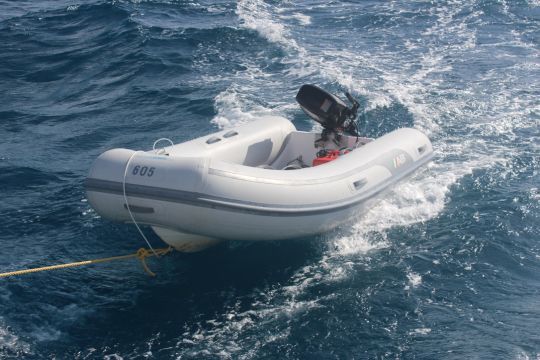
You can tow your dinghy at slow speeds and for short distances. But you run the risk of damaging the towing rings, and especially of flipping your dinghy under the combined effect of the waves and the wind. You will then lose its contents as well as its outboard motor, which may not appreciate the immersion.
If your program allows you to do this, use a crowbar to stabilize your dinghy while towing.
Protecting your annex
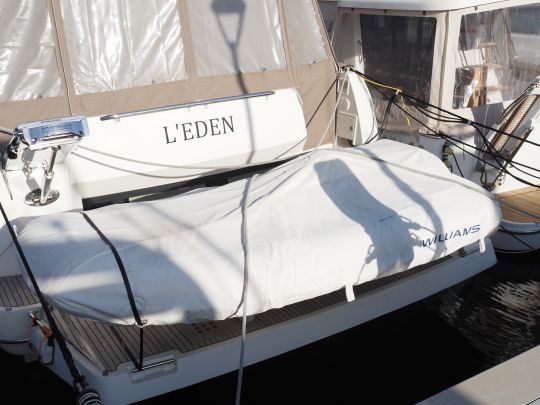
During a prolonged storage phase, use a cover to protect your socks from external aggressions. Be sure to install it properly to prevent fresh water from accumulating.
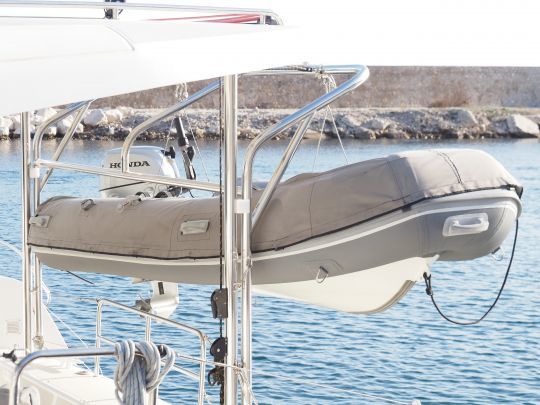
You can also protect your floats while using your dinghy, by equipping yourself with a custom cover.

 /
/ 